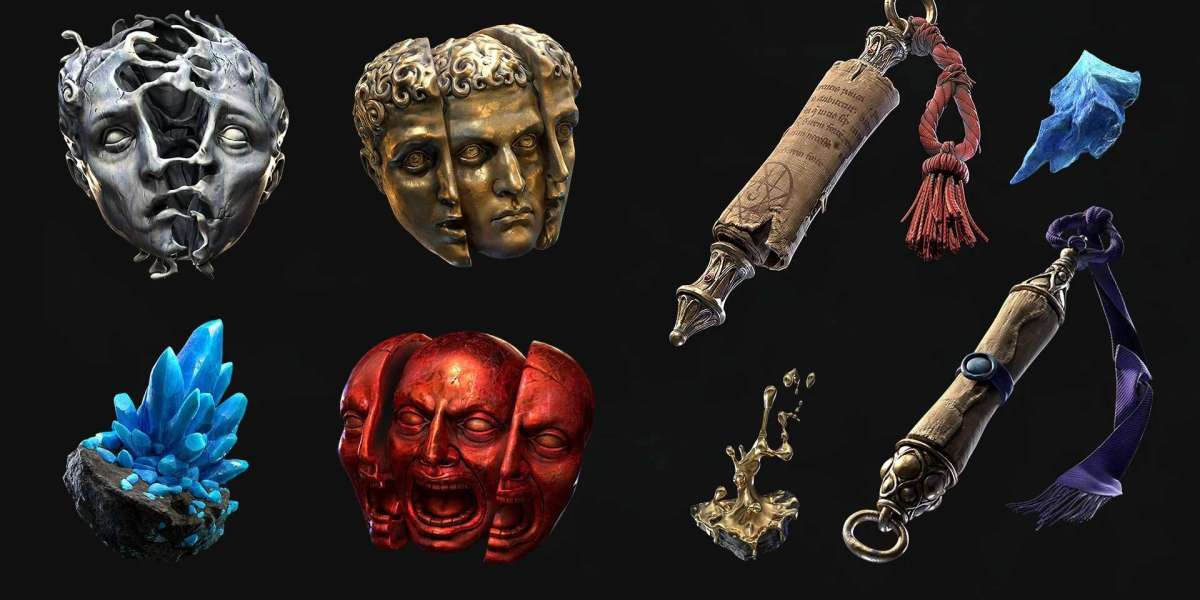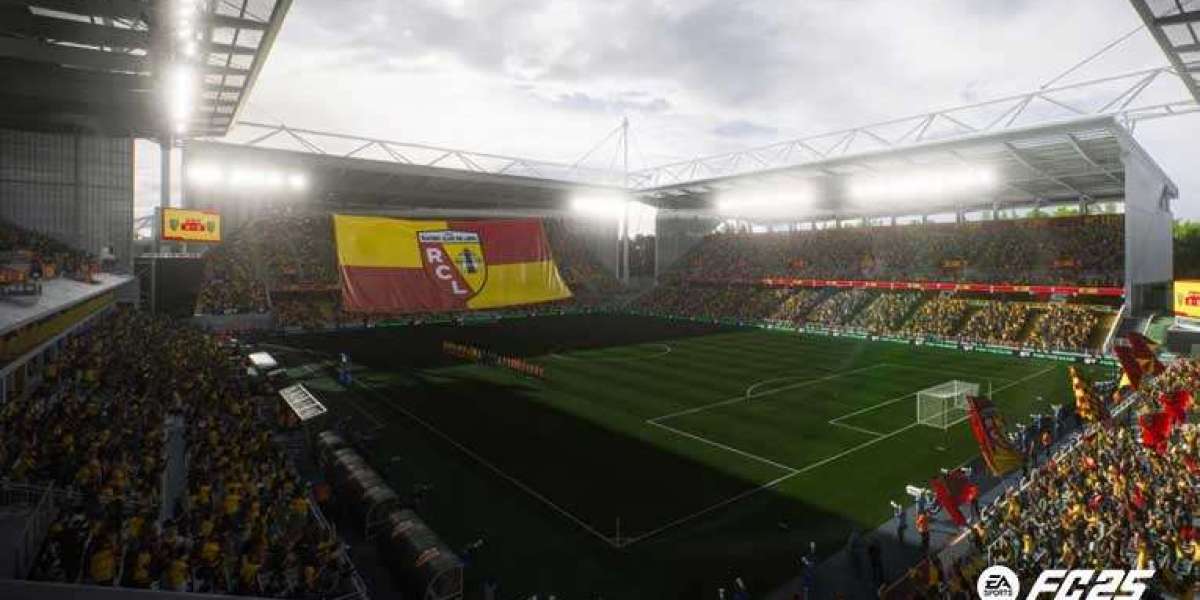Discover the Hidden Secrets to Finding the Perfect Glasses for Your Kids!
Choosing the right eyewear for children is a critical decision that impacts not only their vision but also their overall development. In recent years, there has been a noticeable increase in vision problems among kids, attributed to factors like excessive screen time and genetic predispositions. The right pair of glasses for children not only helps children see clearly but also supports their academic performance, social interactions, and self-esteem. By addressing vision issues early on, parents can ensure their children have the best chance to thrive in their formative years.

Understanding Your Child's Vision Needs
Recognizing the signs that your child may need glasses can sometimes be challenging. Common vision problems in children include nearsightedness (myopia), farsightedness (hyperopia), and astigmatism. Symptoms such as squinting, frequent rubbing of the eyes, or difficulty reading the board at school are strong indicators that a visit to the eye doctor is in order. Additionally, my friend Sarah shared her experience when her son started to struggle with reading; after a comprehensive eye exam, they discovered he needed glasses to see clearly. Parents should remain vigilant and proactive about their child's vision health, seeking professional advice as needed to ensure that any issues are diagnosed and treated promptly.
Choosing the Right Frame
Selecting the perfect frame for your child involves several important considerations. First, the size and shape of the frames should complement your child's face. Opt for frames that are not too tight or too loose, as comfort is paramount. Lightweight materials like titanium or flexible plastics can be great options for active children. Additionally, the style of the frames should reflect your child's personality; getting them involved in the selection process can make wearing glasses more exciting for them. My neighbor's daughter was thrilled to pick out bright pink cat-eye frames that matched her bubbly personality, which made her wear them proudly to school.
Lens Options for Kids
When it comes to lenses, there are several options available for children's glasses. Single vision lenses are designed for one field of vision, ideal for children who need correction for nearsightedness or farsightedness. For those who require correction at multiple distances, bifocal or even progressive lenses may be appropriate. Specialty lenses, such as those designed for sports or digital screens, can also be considered. Protective coatings, such as anti-reflective and scratch-resistant coatings, are essential for children's glasses, providing added durability and comfort. A friend of mine opted for anti-reflective lenses for her son, who plays soccer, and it significantly improved his on-field visibility.
Where to Buy Children's Glasses
Finding the right retailer for children's eyewear can make all the difference in the purchasing experience. Look for retailers that specialize in children's glasses, as they often have a wider selection tailored to young users. Both online shopping and local stores have their advantages. Online retailers may offer convenience and a broader range of styles, while local shops provide in-person fitting services and the ability to try on various frames. It's essential to check return policies as well, in case the chosen glasses don’t fit perfectly or your child changes their mind. My family found a local optometrist who not only provided a great selection of glasses but also offered a free fitting service, making the process seamless.
Making Informed Choices for Your Child's Vision
In conclusion, selecting the right glasses for your child is crucial for their visual health and overall well-being. By understanding their vision needs, choosing the appropriate frames and lenses, and knowing where to shop, parents can provide their children with the best possible eyewear. Prioritizing your child's vision health is an investment in their future, so take the time to explore all available options and make informed decisions. Empower your child with the confidence that comes from seeing the world clearly!








